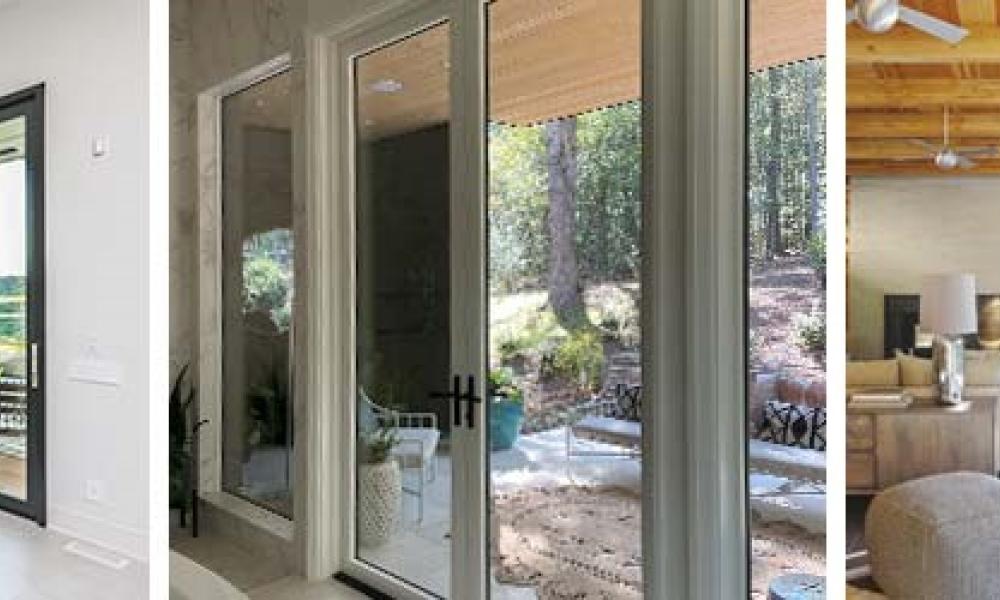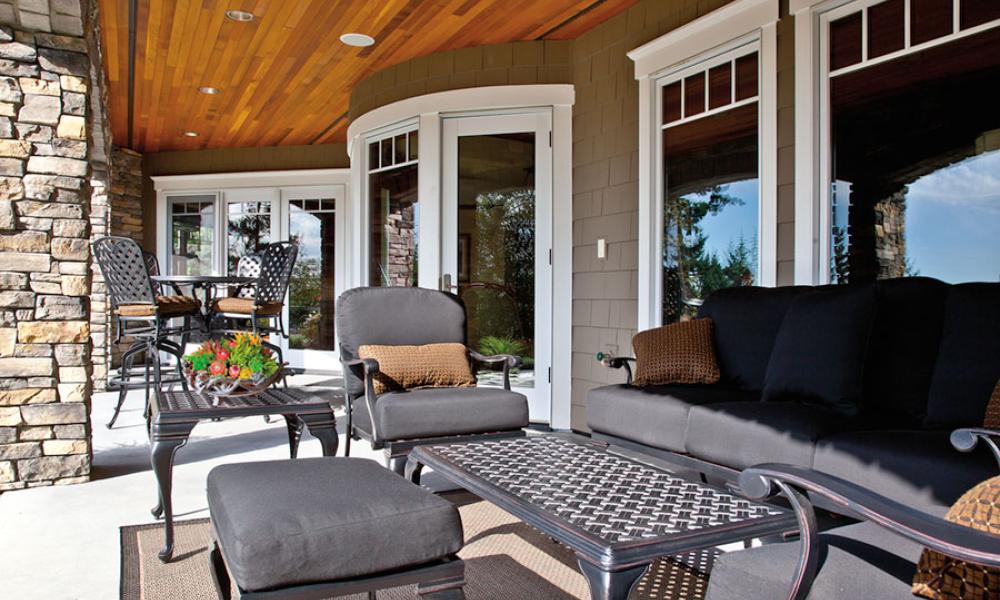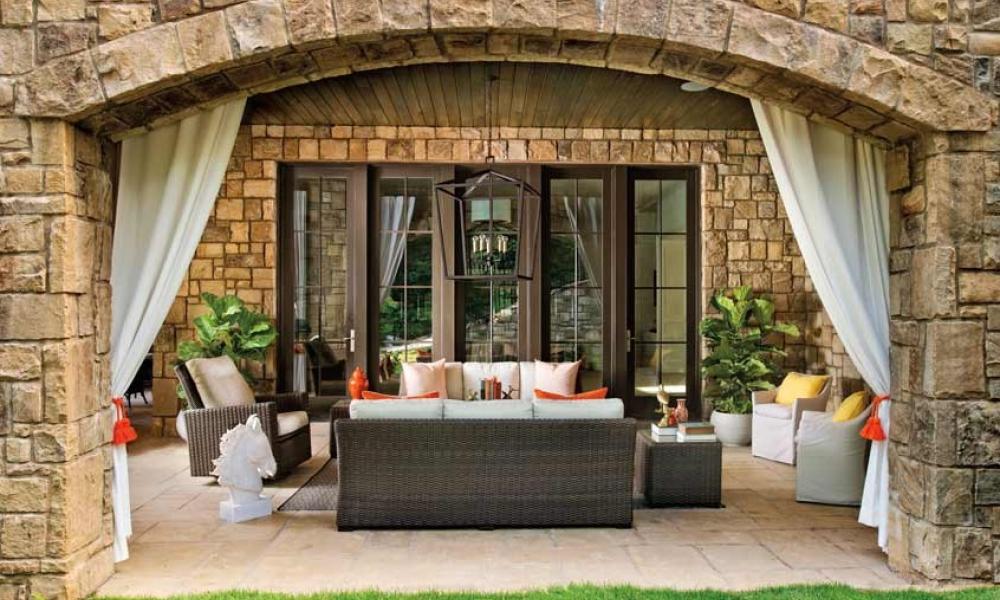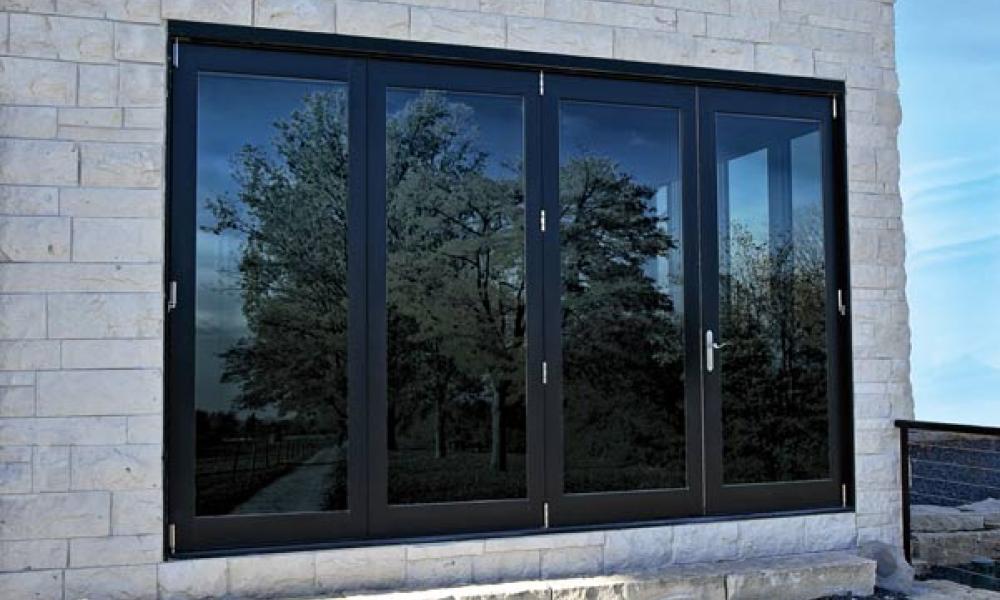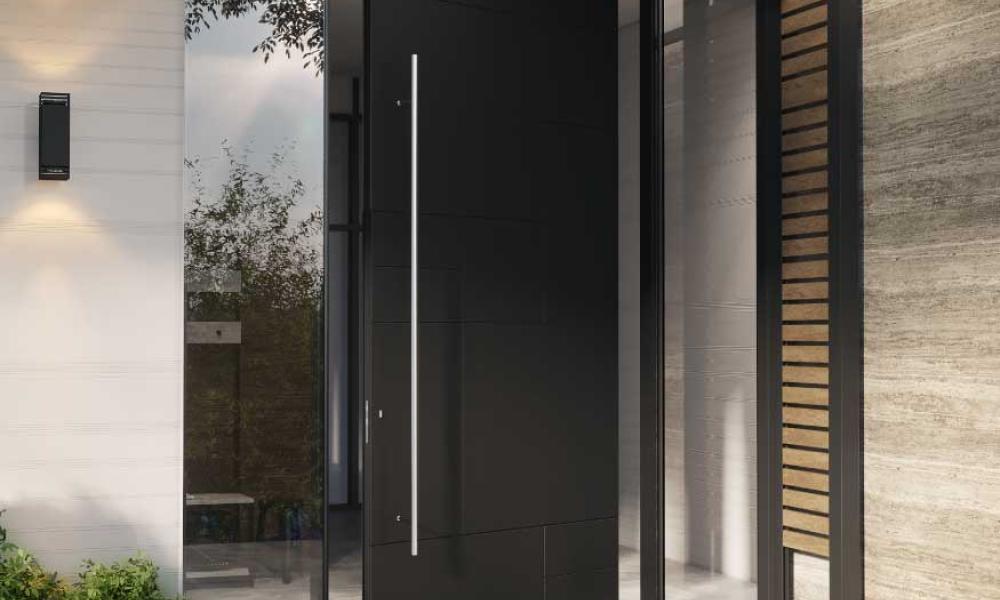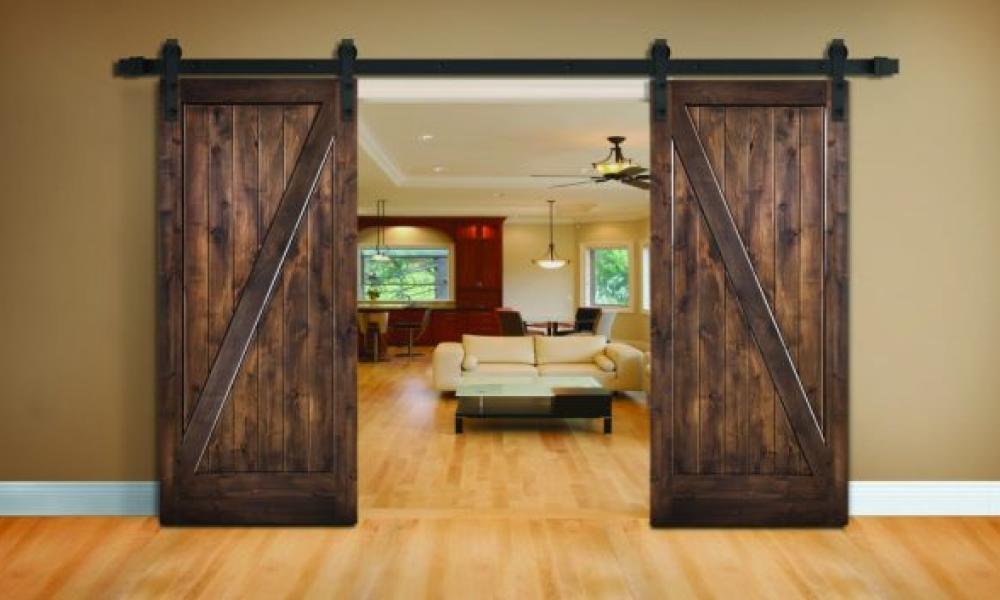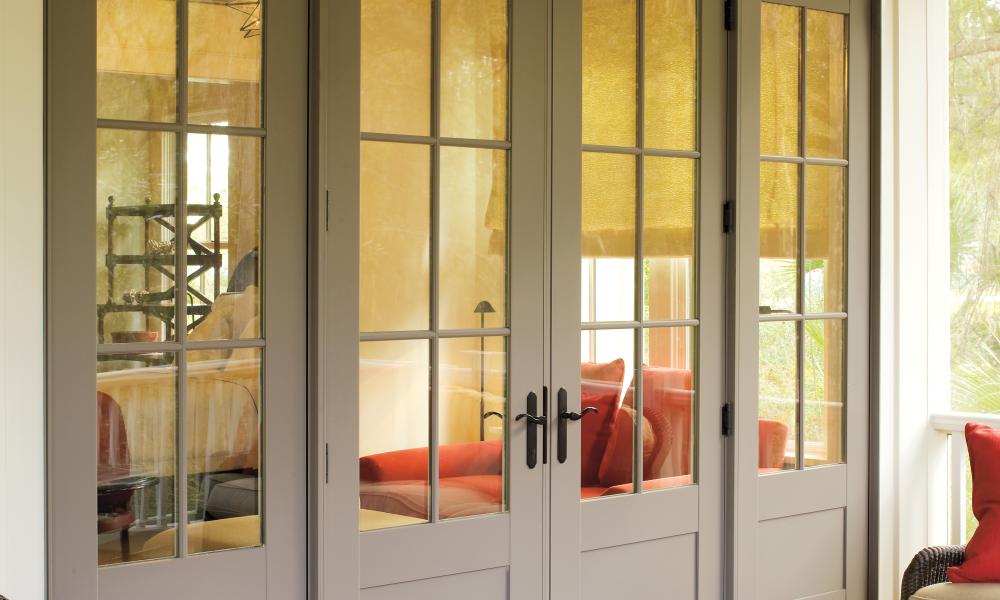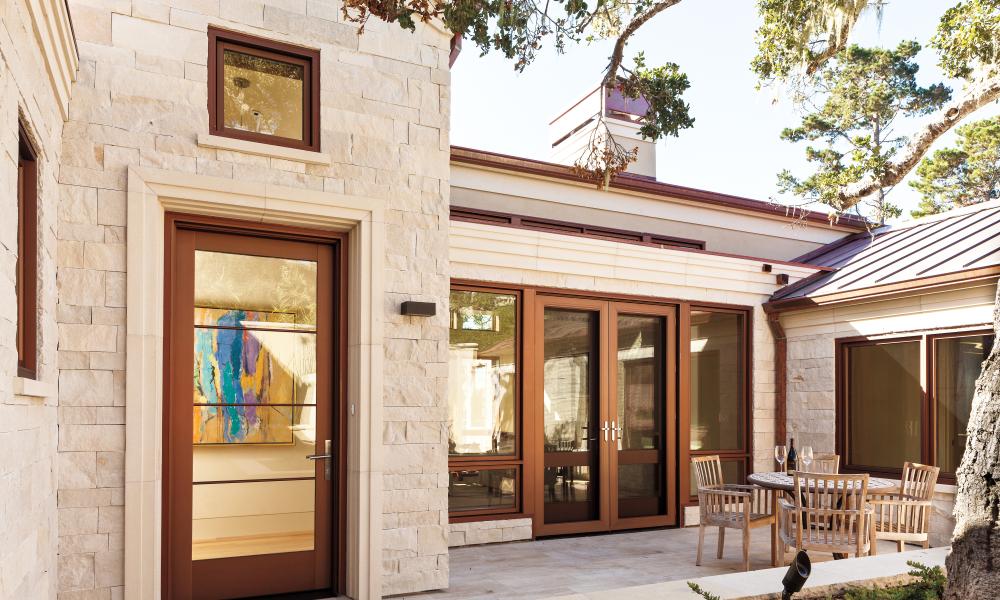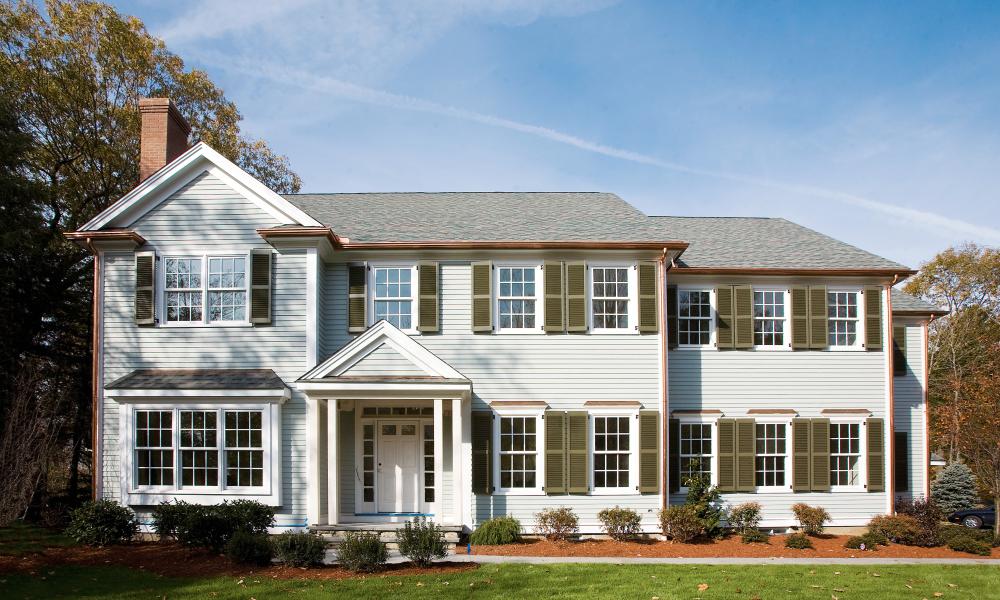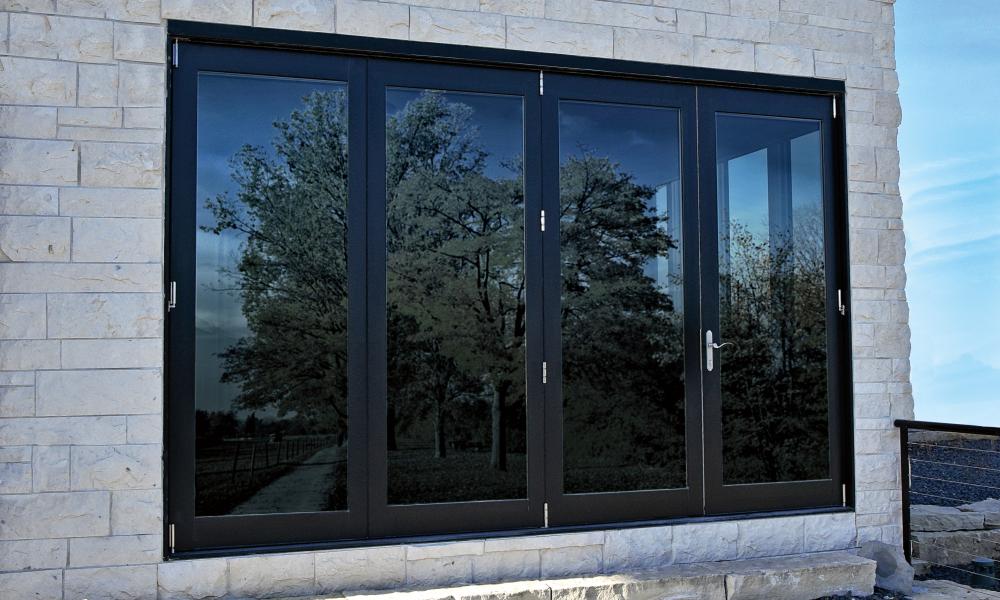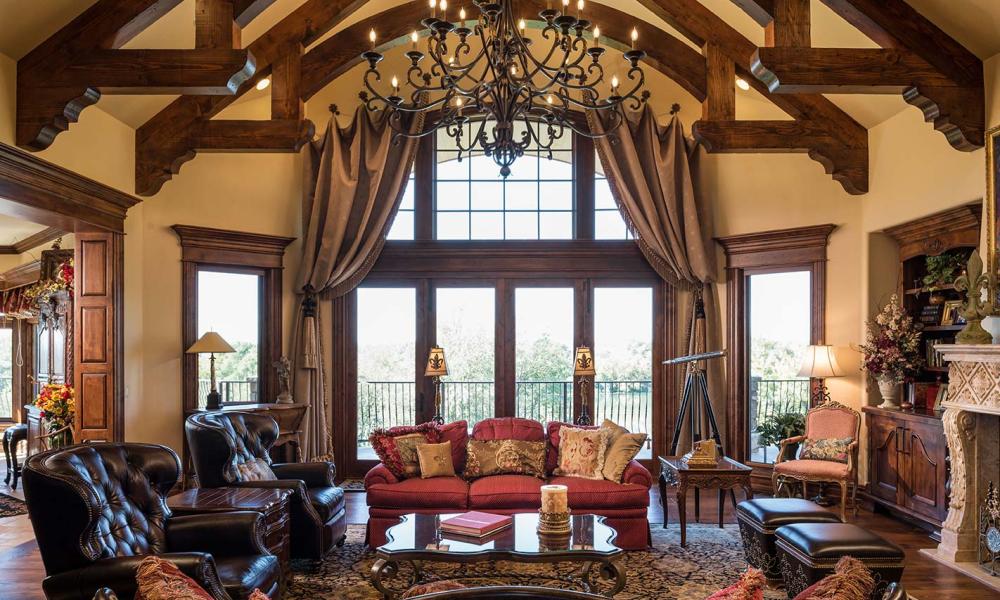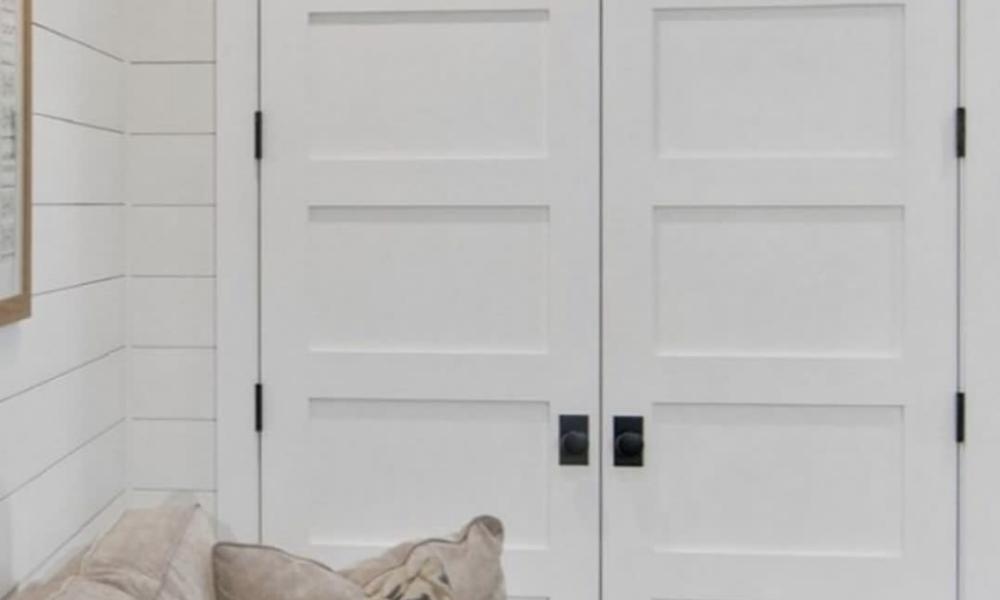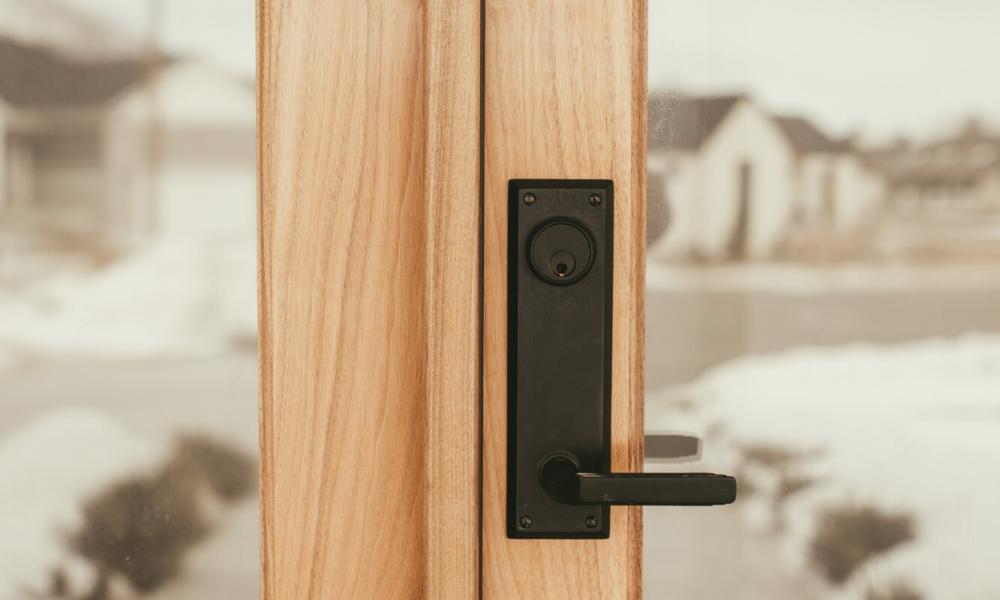The Historical Evolution of Door Hinges
Door hinges, often overlooked in our daily lives, have a fascinating history that spans thousands of years. As simple as they may seem, hinges have played a crucial role in shaping the development of architecture and design. This essay explores the historical evolution of door hinges, tracing their origins from ancient civilizations to the sophisticated mechanisms we use today.
Ancient Innovations: The Birth of Hinge Technology
The concept of a hinge can be traced back to ancient civilizations, where inventive minds devised rudimentary mechanisms to attach doors to door frames. In ancient Egypt and Mesopotamia, doors were suspended using pivoting sockets, allowing them to swing open and closed. The ancient Greeks and Romans further refined hinge technology, introducing more durable materials such as iron and bronze. These early hinges laid the foundation for future innovations in architecture and engineering.
Medieval Advancements: Artistry Meets Functionality
During the Middle Ages, hinges became not only functional but also decorative elements in architecture. Skilled blacksmiths crafted ornate and intricately designed hinges that adorned castles, cathedrals, and grand estates. The medieval period saw the rise of strap hinges, which featured elongated plates and intricate patterns, adding both beauty and stability to heavy doors.
The Renaissance and Industrial Revolution: Precision and Mass Production
The Renaissance period brought about a resurgence in artistic expression and innovation. Hinge designs became more refined, incorporating precise engineering techniques. With the advent of the Industrial Revolution, mass production techniques revolutionized hinge manufacturing. Standardized hinges became widely available, making them accessible to a broader range of people and enabling the construction of more homes and buildings.
Modern Era: Technological Advancements and Specialized Hinges
In the 20th century, technological advancements led to the development of various specialized hinges tailored to specific needs. Ball bearing hinges, for example, utilize small ball bearings to reduce friction, allowing for smoother door movement. Concealed hinges, another modern innovation, are hidden from view when the door is closed, providing a streamlined and aesthetically pleasing appearance.
Contemporary Innovations: Smart Hinges and Sustainable Materials
In the 21st century, hinges continue to evolve with the integration of smart technologies. Smart hinges equipped with sensors and connectivity features enhance security and offer remote monitoring capabilities. Additionally, there is a growing emphasis on sustainability, with manufacturers exploring eco-friendly materials and production methods to create hinges with minimal environmental impact.
The evolution of door hinges mirrors the progress of human civilization, from ancient ingenuity to modern innovation. These seemingly small yet crucial components have significantly influenced architecture, design, and functionality throughout history. As we appreciate the doors that welcome us into various spaces, it is worth acknowledging the remarkable journey of the hinges that make these portals possible. The continuous evolution of hinge technology showcases humanity's ability to blend creativity, functionality, and craftsmanship, ensuring that these essential elements of architecture remain relevant and enduring in the ever-changing world.
***For more information or to see these products in person, visit one of our showrooms located near Boise, Treasure Valley, McCall, Ketchum or Sun Valley***
